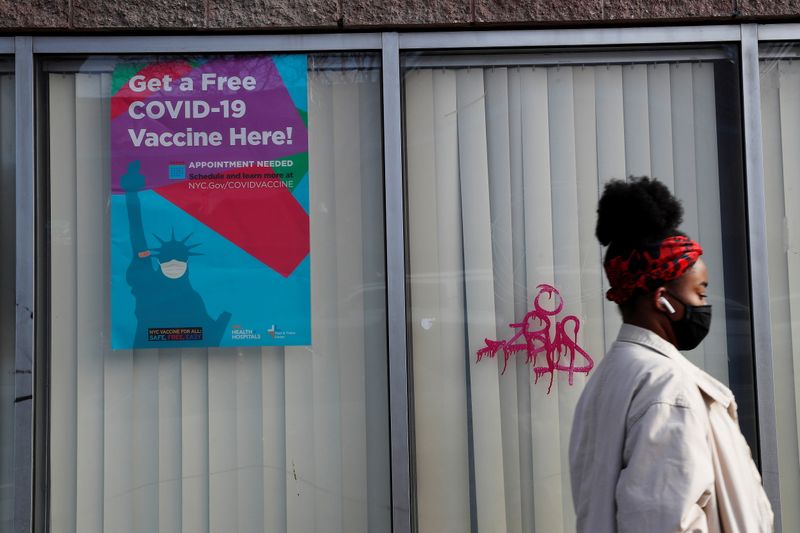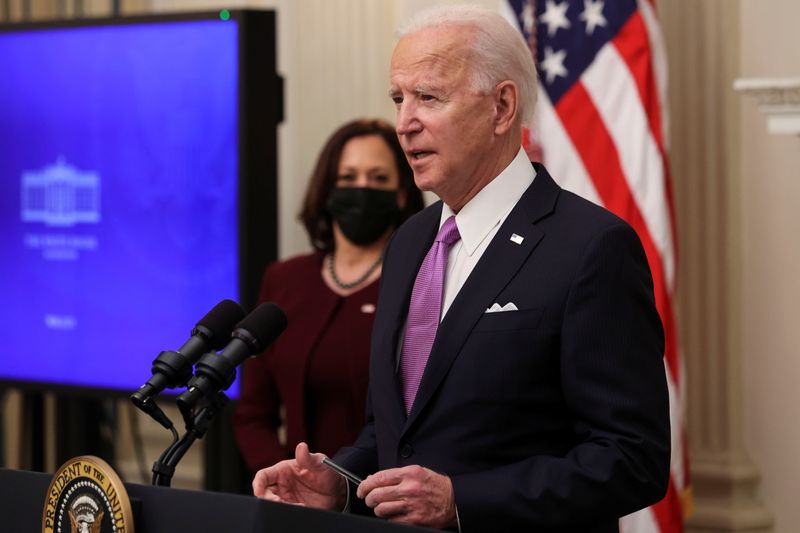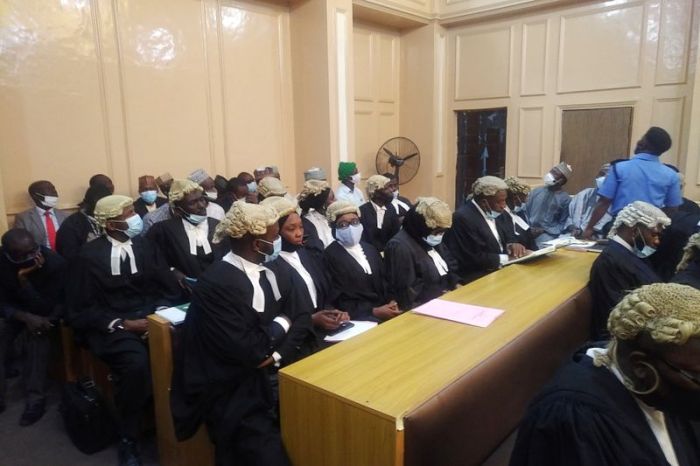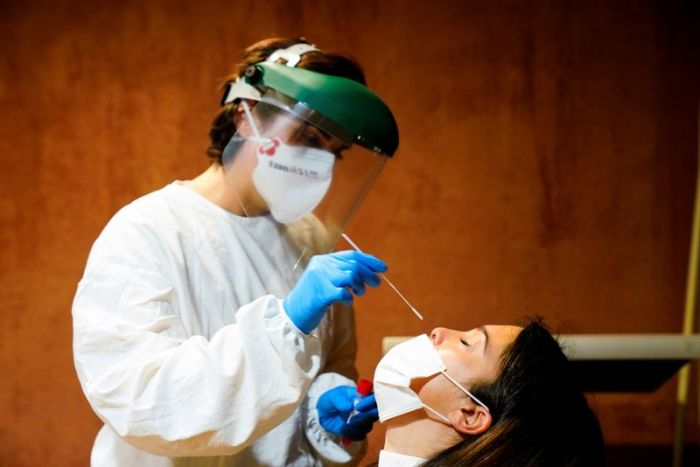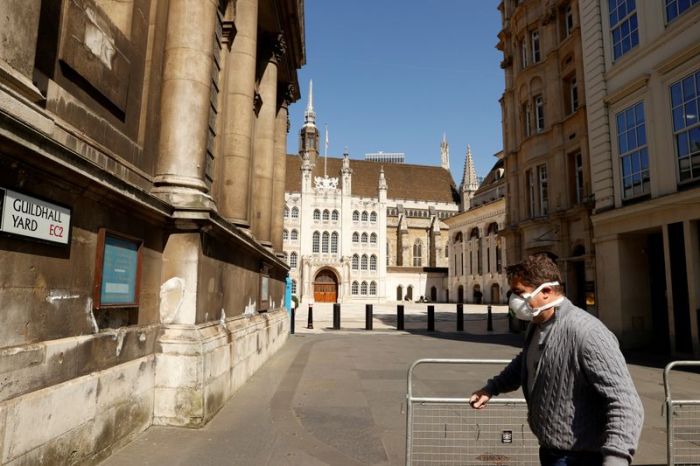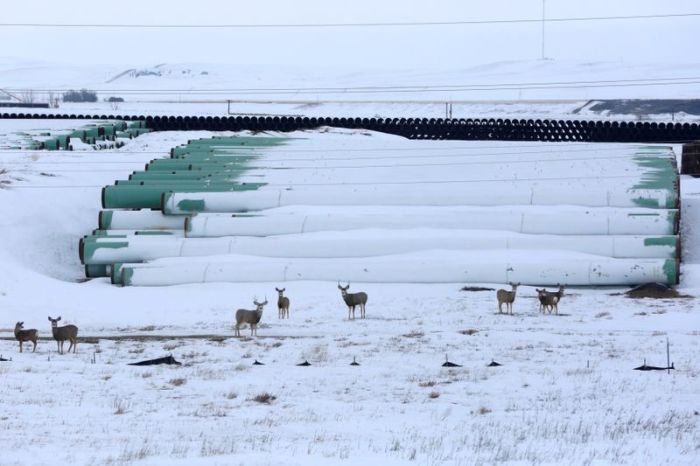(Reuters) – Even as President Joe Biden laments the nation’s sluggish COVID-19 immunization launch for a pace he calls “dismal,” West Virginia is touting its relative success in making the most of vaccine supplies it has received so far.
Fewer than half of the nearly 38 million vaccine doses shipped to date by the federal government have actually made it into the arms of Americans, the U.S. Centers for Disease Control and Prevention (CDC) reported on Thursday.
Some individual states have lagged behind with just a third or 40% of their vaccine allotments being administered as of Thursday, marking the one-year anniversary of the first locally transmitted COVID-19 case documented in the United States.
But West Virginia, a mostly rural state of nearly 2 million residents known for its rugged mountain terrain, stands far above the national average, using 72% of the doses it has received to date, CDC data shows. Only North Dakota, home to fewer than 800,000 people, has done that well.
West Virginia also ranks a close second behind Alaska in terms of how much of its population, 9.3%, has been inoculated. Alaska, much larger and more remote geographically, has administered at least the first of the two-dose COVID vaccine to 9.8% of its residents, by comparison.
Biden, who assumed office on Wednesday, has vowed to rapidly accelerate the effort in the weeks ahead, setting a goal of inoculating 100 million Americans in the first 100 days of his presidency.
He and others have blamed the faltering vaccine rollout in part on scarce funding for state and local governments and the lack of a federal game plan from the administration of former President Donald Trump.
GOING LOCAL
Meanwhile, the hyper-local approach taken by West Virginia is being credited with the progress it has achieved.
West Virginia opted out of the distribution partnership between the federal government and two national pharmacy chains, CVS and Walgreens, for the immunization of residents at nursing homes and long-term care facilities. Instead, the state relied on a network of independent pharmacies and by the end of last month had offered the vaccine to all congregant-care residents.
John Beckner, senior director of strategic initiatives at the National Community Pharmacists Association, said that local approach helped build trust.
“It’s a complicated situation when you go into a nursing home,” Beckner told Reuters. “These folks are, for the most part, bedridden, they’ve got complex health conditions. Seeing a familiar face, a trusted face, goes a long way.”
West Virginia pharmacies have since moved on to school teachers, whose inoculations have likewise been coordinated at the state level, before opening up vaccines to a wider segment of the public through individually scheduled appointments.
“Every dose that arrives in the state, they have pre-planned who is to get that,” said Heidi Romero, a third-generation pharmacist at Griffith & Feil Drug in Kenova, West Virginia.
While West Virginia may lead most other states in the uptake of its initial vaccine supplies and in the portion of its population receiving their first shots, it pales in comparison to more populous states in the aggregate.
CDC figures show California, for example, has administered 37% of its vaccine supplies, with initial doses reaching just 3.8% of its 40 million residents. But that translates into shots for more than 1.3 million people, compared with 136,000 injections in West Virginia.
URGENCY GROWS
The urgency of vaccines has grown with the emergence of new coronavirus variants believed to be more transmissible even as infections, hospitalizations and deaths continued to climb, though at rates leveling off from weeks of surging virtually unchecked.
The United States reported 4,342 COVID-19 deaths on Wednesday alone, the highest single-day total since the pandemic began, according to a Reuters analysis of public health data, bringing the cumulative number of U.S. lives lost to more than 405,000 out of some 24.3 million known infections.
Dr. Anthony Fauci, the nation’s leading infectious disease specialist, said Thursday that COVID case loads may be about to plateau, and predicted that most Americans would likely be vaccinated by the middle of this year.
Donnalie Hope, 78, of Petersburg, West Virginia, said she received her first vaccine dose on Jan. 14 after the health department in a neighboring county telephoned and instructed her to go to the National Guard Armory in nearby Moorefield.
She said she had been keen to schedule an appointment for weeks.
“I called every day. I said I’m here. I’m waiting,” Hope said. “They were very kind. I explained that I didn’t want to get ahead of anybody. I just wanted to get in line.”
In New York City, Councilman Mark Levine said municipal health authorities were forced to cancel tens of thousands of vaccine appointments this week. He blamed a federal supply chain failing to keep pace with demand among top-priority recipients, including healthcare workers, the elderly and essential front-line workers.
“We are receiving about 100,000 doses every week in a city where 2.5 million people are eligible, and even that low number has been unstable and unreliable,” he said. “We are so far behind the pace we need to be vaccinating at.”
(This story corrects to add dropped word ‘before’ in paragraph 12.)
(Reporting by Peter Szekely and Maria Caspani in New York, Nathan Layne in Wilton, Connecticut and Barbara Goldberg in Maplewood, New Jersey; Additional reporting by Sharon Bernstein in Sacramento, California and Dan Whitcomb in Los Angeles; Writing by Maria Caspani and Steve Gorman; Editing by Daniel Wallis)

